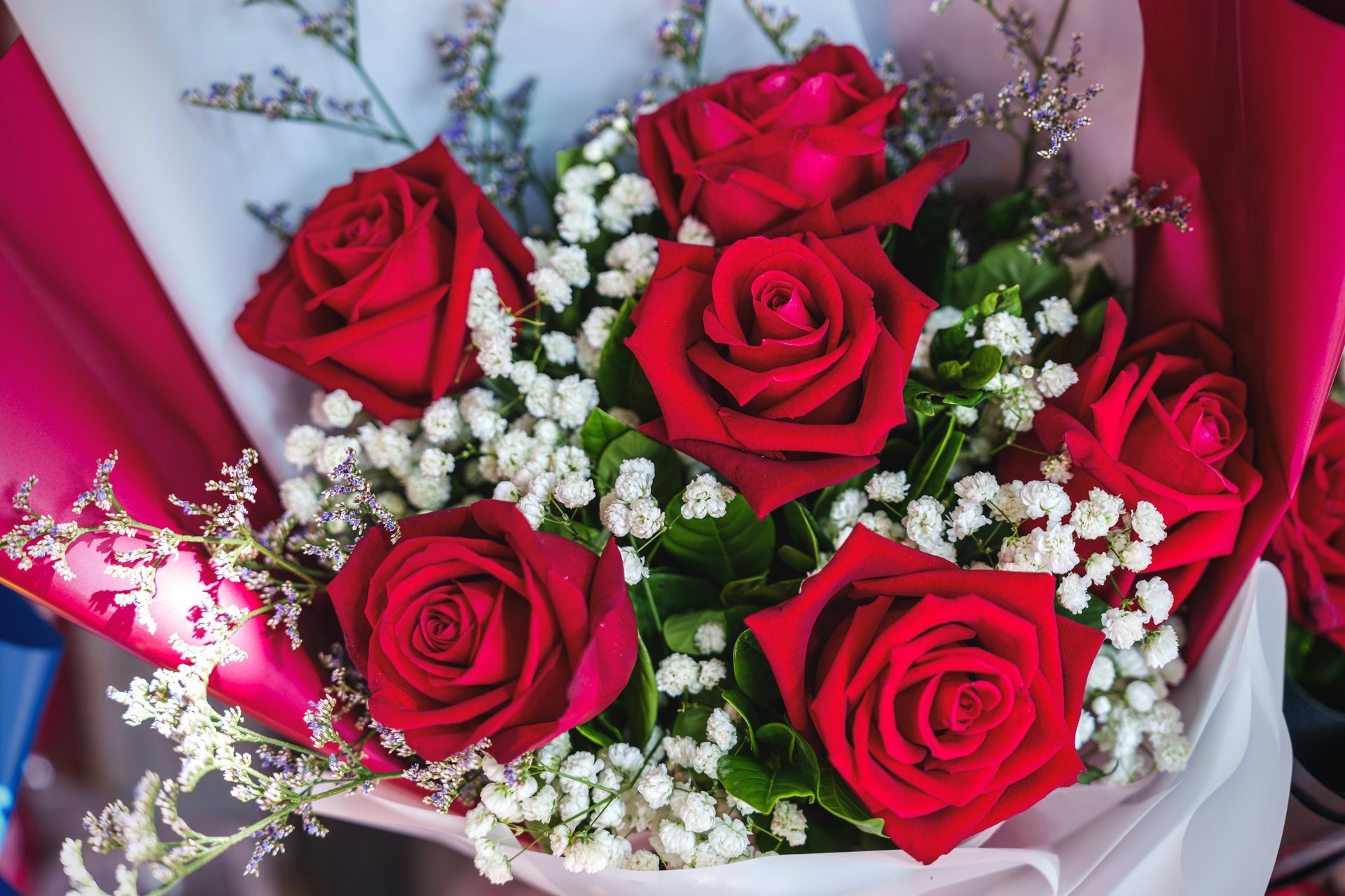Your Valentine's Day bouquet is racking up frequent flyer miles
Valentine's Day flowers imported from overseas are breaking records this year

Love is in the air — or at least, flowers are.
Suggested Reading
Heightened demand for Valentine’s bouquets this year has Avianca Cargo, a major flower importer, doubling its regular capacity. A record-breaking 18,000 tons delicate blooms — 80 percent of them roses — are on fragrant flights from Ecuador and Columbia to North America as part of a complex transportation system.
Related Content
Once the flowers arrive in the United States, time is of the essence to get them into florist studios, and then in the hands of lovebirds everywhere before they wilt.
“The journey from farm to vase is much longer than most people realize,” Althea Wiles, owner and floral designer at Rose of Sharon Floral Design Studio in Eureka Springs, Arkansas, told Quartz. “When flowers come from South America or the Netherlands, they can spend up to three weeks in transit before reaching your local florist.”
Wiles said when the flowers arrive they immediately process them by trimming stems, removing damaged petals, and placing them in fresh water with preservatives to help counteract any stress from their long journey.
“During peak seasons like Valentine’s Day, we’re often receiving double or triple our usual shipments, which requires precise timing and extra cold storage capacity,” Wiles said. “Valentine’s season” for florists is considered to be the three weeks leading up to the big day.
Amy McCord, CEO of The Flower Moxie, which specializes in wedding arrangements, says cold — but not too cold — is the key.
“The entire trip from a farm in Colombia to the U.S. takes about 3-4 days, and they are over a week old by the time they get to a florist’s studio,” Moxie said, adding that the common phrase you hear when shipping flowers is to ‘not break the cold chain.’
“Post-harvest flowers are placed into a cooler at the farm, and the goal is to keep them the same temperature until they reach their final destination,” McCord said, noting that any temperature changes along the way can shorten the vase life of the flower and compromise the product. And winter doesn’t help, since frigid temperatures can risk the flowers freezing.
Many of those flowers are flying into Miami International Airport. No word on whether they’ve booked first class, but the airport is enthusiastic about its role in Valentine’s Day.
“MIA is proud to be America’s largest gateway for fresh flowers, with more than 1,500 tons projected to arrive daily this year for Valentine’s Day, which would be a 3% increase over last year,” said Ralph Cutié, Director and CEO, Miami International Airport. “Thanks to our strong partnership with airlines like Avianca Cargo and federal support from U.S. Customs and Border Protection, millions of blooms will reach their destinations across the country in time for the holiday.”